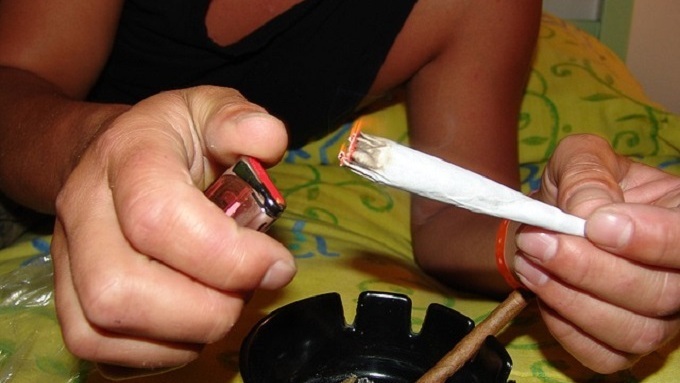Research In Action
Research In Action
Breadcrumb

With an increasing number of states adopting laws to legalize marijuana for recreational use, the drug’s effect on drivers—and teen drivers in particular—is an emerging concern. One very troubling study, published by the AAA Foundation for Traffic Safety in 2016, found that fatal motor vehicle accidents involving drivers who had recently used marijuana doubled in Washington after the state became one of the first to legalize the drug.
As I've blogged about previously, the influence of marijuana on teen drivers specifically hasn’t been closely examined. However, it’s reasonable to believe that many of the lessons learned in addressing the issue of drunk driving among teens could be applied to teens driving under the influence of marijuana. The question is, what will work and what won’t?
I recently spoke with CIRP Associate Fellow M. Kit Delgado, MD, MS, an assistant professor of Emergency Medicine and Epidemiology at the University of Pennsylvania and a practicing trauma center emergency medicine physician, to get his thoughts on the subject. He’s researching effective interventions to reduce motor vehicle crashes due to alcohol-impaired driving and distracted driving due to smartphone and other electronic device use behind the wheel.
As with efforts to prevent alcohol-impaired driving, confronting the issue of teens driving under the influence of marijuana will require a combination of approaches, according to Dr. Delgado. Several initiatives used to combat drunk driving among teens may be helpful in the fight against drugged driving.
Increasing Awareness
Educating prospective and new drivers about how marijuana use can impair judgment and reaction times behind the wheel will help raise awareness about the dangers, which are not as well known as those from alcohol, said Dr. Delgado. Drugged driving education could be integrated with existing programs to prevent alcohol-impaired driving. Campaigns that encourage the use of alternative transportation, from Uber and Lyft to picking designated drivers, could also be revised to address marijuana use as well.
Roadside Checks
Roadside sobriety checkpoints could also be effective he said, even through marijuana and alcohol are metabolized differently. Police officers can still screen drivers with the Standardized Field Sobriety Test if they are suspected of being impaired with alcohol or drugs. However, if impairment is observed and blood alcohol concentration (BAC) tests are negative, officers can seek additional evidence to support a drug-impaired driving charge, such as requesting an evaluation by a Drug Recognition Expert and toxicological screening. Publicizing the occurrence of sobriety checkpoints could be a significant deterrent to getting behind the wheel after marijuana.
Even though police officers can screen for impaired behaviors, there’s no biochemical test to measure impairment on the spot or in the lab. “There’s a lot of interest in roadside check points for marijuana but there’s no system yet,” he noted. Marijuana use can be determined by testing an individual’s blood, hair and urine, but any positive results may be related to drug use from several days ago. Such data may be used as evidence in court but won’t be useful for the purposes of roadside testing, Dr. Delgado explained.
Looking Ahead
Currently, only eight states and the District of Columbia have legalized recreational marijuana, but many of those states are still in the early stages of implementing a legal framework for users, sellers and growers. As momentum increases to legalize the drug around the country, policymakers, educators and families will need to work together to find effective ways to ensure the safety of teens and others on the road.

